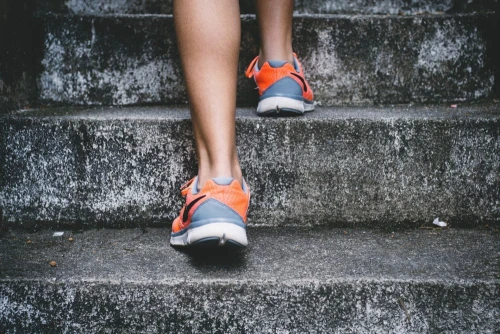Case study: Plantar Fasciitis
Our patient:
- 35 year old male
- Cross country runner
- Trained up 5 times a week with a mixture of running and cross training.
- Presented with pain in his heel that increased during training and with his first steps in the morning. He had been taking nonsteroidal inflammatory drugs (NSAIDs) for two weeks but the symptoms had worsened.
During his appointment with Chris, a thorough diagnostic assessment was undertaken to establish the problem. Chris diagnosed the patient with subacute Plantar Fasciitis.
Chris developed a treatment plan which was put into action ASAP and carried out over a 6 week period until the symptoms had completely cleared.
Treatment plan:
Rest
During the healing process, Chris advised the patient to decrease the intensity and duration of his running, especially speed work and hill training. Knowing how active our patient was, Chris advised him to cycle or swim instead to ensure there was minimal impact on the heel.
Stretching & strengthening during inflammation
Chris gave the patient a series of gentle calf and plantar fascia stretches to do three times a day every day. Chris also showed the patient how to use a foam roller at home to help gently massage the calf area.
Once the inflammation decreased slightly, Chris then started to increase the level of these stretches. Chris began to introduce calf raises from a seated position and then moved onto a standing position, eventually with light weights added. In the latter stages Chris then introduced elastic bands to help generate a thorough stretch.
Taping
In the initial stages, Chris used taping to help support the plantar fascia and arch of the patient. This was particularly important, when the patient cycled or swam, to ensure the area was supported as much as possible.
Massage
Chris saw the patient each week during the 6 week healing program. During most of the sessions Chris conducted a tissue massage around the calf area to stimulate muscle relaxation.
Icing
Chris advised the patient to ice the area after exercise and in the evening (15 mins on 15 mins off) to help maintain the inflammation. When it comes to icing it is essential the ice is wrapped in a cloth such as a towel to avoid direct contact with the skin.
Orthotics
In some cases the clinic advise patients with similar symptoms to use orthotics, either custom made or over the counter to help correct any biomechanical abnormalities.

